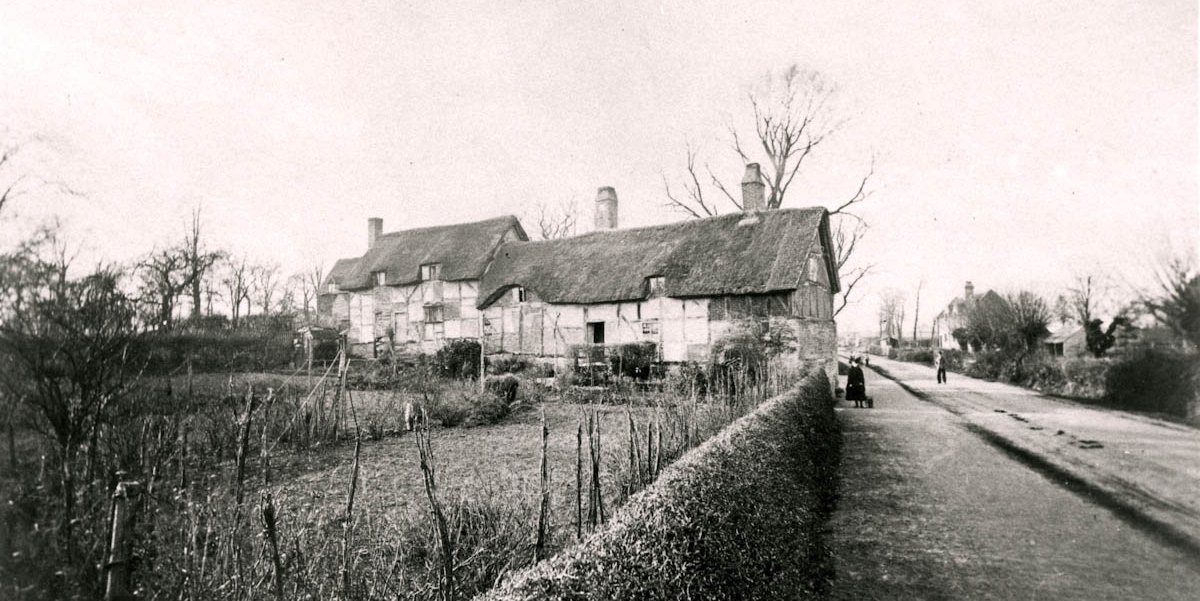Financial Downfall of the Hathaways
Explore theories about why the Hathaway family's wealth and prosperity began to diminish
In the 1700s the wealth and prosperity that the Hathaways had enjoyed in the previous century was beginning to diminish. Unfortunately, it is not known exactly why the family fell on hard times, but there are a few theories.
In the 1690s, John Hathaway further developed the cottage by adding two more rooms and also renovating the existing fireplaces and chimneys. The use of brick and stone in this extension meant that the venture would have set the family back financially, and if they overspent, this could have contributed to their decline.

Being sheep farmers, the Hathaways had profited from the booming wool trade in the 1500s and 1600s, but the industry was on the decline by the 1700s. There were many reasons for this, one being that the centre of the wool trade shifted geographically from the Midlands to the North of England. Furthermore, cotton imported from the New World was becoming an increasingly popular material and was rapidly taking over the market. The change in farming practices during this period, particularly with the Inclosures Acts, also meant that the Hathaways had to adapt or suffer the consequences. Many farms went under during this period with the eradication of common land that was previously in use for grazing or crop rotation purposes. Alternatively, perhaps there was simply a degree of mismanagement when it came to running the farm.

On the other hand, there is a family story that during this period the Hathaways got into a lot of debt due to gambling. Indeed, in John Hathaway’s will dated 1701, he left a debt of £420, equivalent to tens of thousands of pounds in today’s terms. During his life he began to mortgage his land, and large chunks were eventually sold off. If gambling was not the cause, it's possible that bad investments had been made by the family, which perhaps lost them considerable wealth.
Whatever the cause, by the end of the 1700s the Hathaways were described by one travel writer, and visitor to the cottage, as being “poor and numerous”. This situation in which they found themselves meant that the structural changes the cottage underwent in the late 1600s were to be the last. From a modern day perspective, we are lucky, in a way, that the fortunes of the family declined as they did, as the original structure from the 1400s may not have survived to this day had they decided to once again modernise further.

Help keep Shakespeare's story alive
Donate Online
Help keep Shakespeare's story alive
More like this
Shakespedia Index
More like this
Go behind the scenes
Read our blogs
Go behind the scenes

